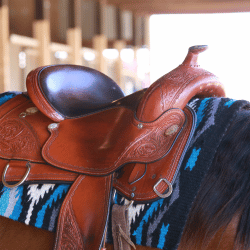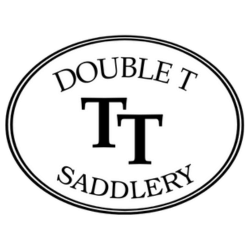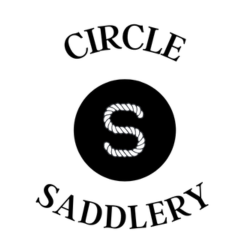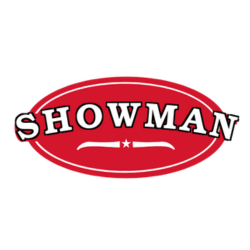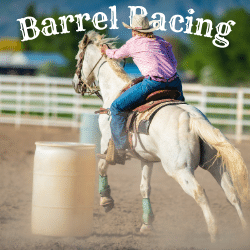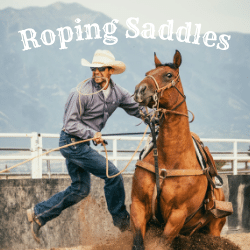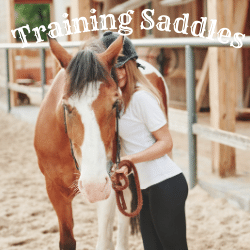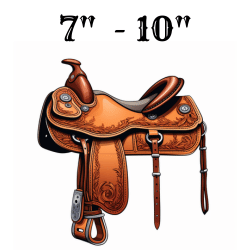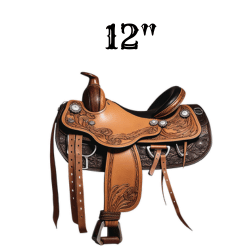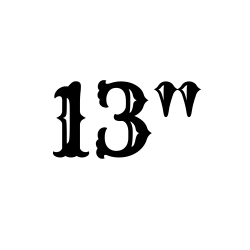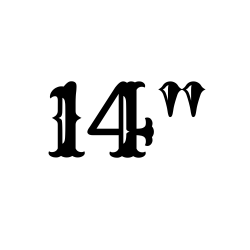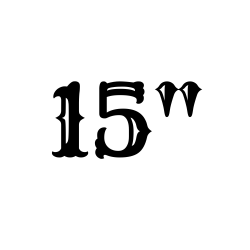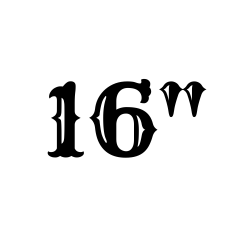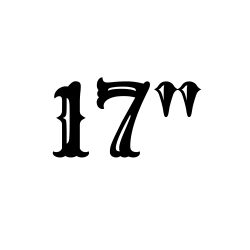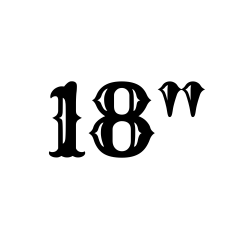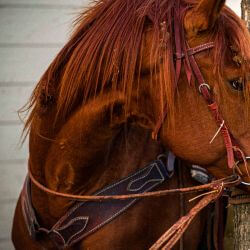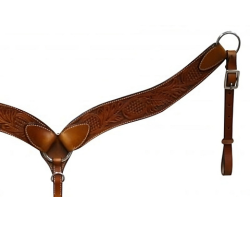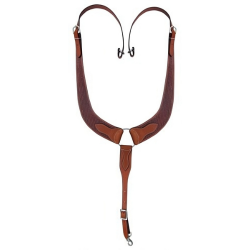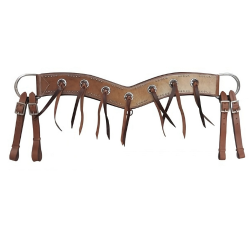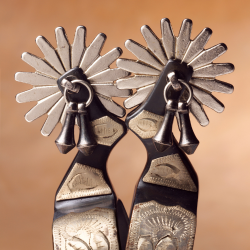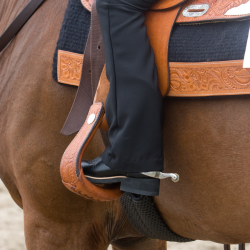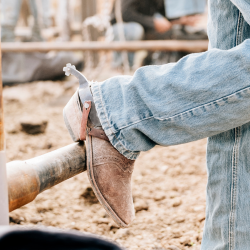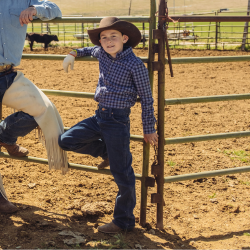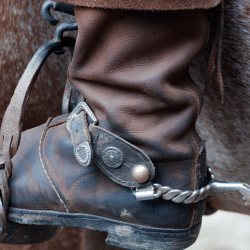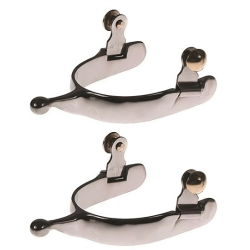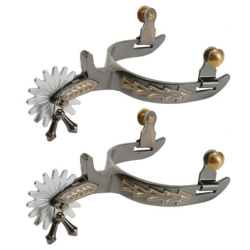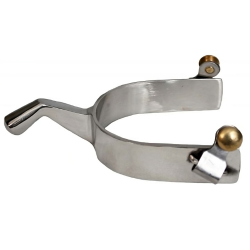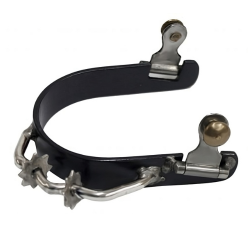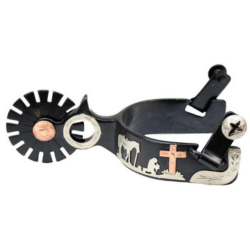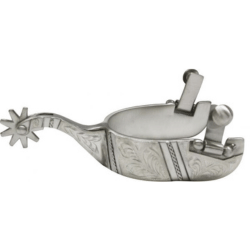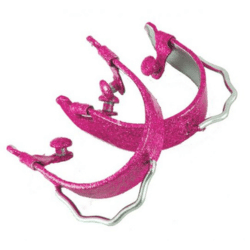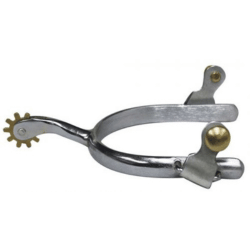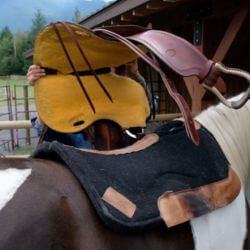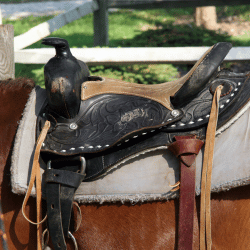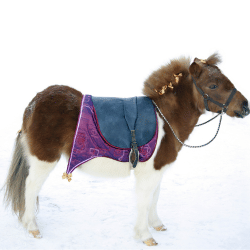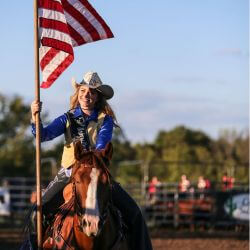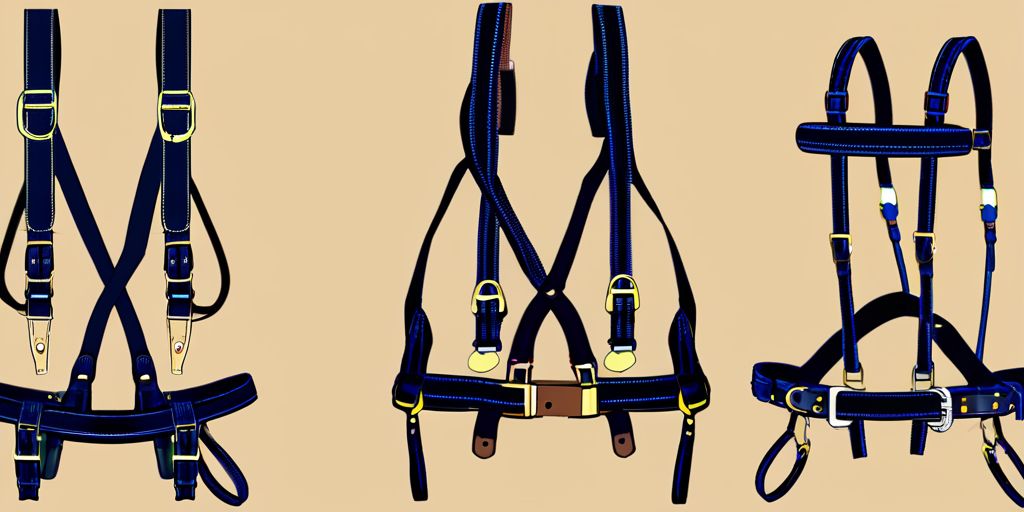Bridles are an essential piece of equipment for horse riding, providing control and communication between the rider and the horse. Understanding the different types of bridles available is crucial for selecting the right one for your horse and riding style. This article explores the various types of bridles, including snaffle bridles, double bridles, western bridles, and bitless bridles. It also provides insights on choosing the right bridle based on considerations for both horse and rider, materials and construction, and fit and comfort. Additionally, it offers tips on caring for bridles, including cleaning and maintenance, storage tips, and replacing worn parts.
Key Takeaways
- There are various types of bridles available, including snaffle bridles, double bridles, western bridles, and bitless bridles.
- Choosing the right bridle involves considering factors such as the horse's training level, the rider's experience, and the intended riding discipline.
- Materials and construction play a significant role in the durability and performance of a bridle.
- A properly fitting bridle is essential for the horse's comfort and effective communication between horse and rider.
- Regular cleaning and maintenance, proper storage, and timely replacement of worn parts are essential for prolonging the lifespan of a bridle.
Understanding Bridles

What is a bridle?
A bridle is a piece of equipment used to control a horse while riding. It consists of various parts, including the headstall, bit, and reins. The headstall is the part that goes over the horse's head and holds the bit in place. The bit is the metal mouthpiece that goes in the horse's mouth and is used to communicate with the horse. The reins are the straps that the rider holds to control the horse's movements.
Why are bridles important?
Bridles are an essential piece of equipment for horse riding. They provide the rider with control and communication with the horse. Without a bridle, it would be difficult to direct the horse's movements and ensure a safe and enjoyable ride. Bridles also help in maintaining the horse's balance and posture while riding.
Different parts of a bridle
A bridle is made up of several different parts that work together to control and communicate with the horse. These parts include the headband (or headpiece), browband, cheekpieces, throatlash, and noseband. Each part serves a specific purpose and contributes to the overall functionality of the bridle.
Types of Bridles

Snaffle Bridles
Snaffle bridles are a popular choice among riders for their simplicity and gentle action on the horse's mouth. They consist of a headstall, a bit, and reins. The headstall is the part that goes over the horse's head and holds the bit in place. The bit is the metal piece that goes in the horse's mouth and is used to communicate with the horse. Snaffle bridles are commonly used for basic riding and training purposes.
Double Bridles
Double bridles, also known as Weymouth bridles, are commonly used in dressage and other advanced riding disciplines. They consist of two bits, a snaffle bit and a curb bit, which work together to provide precise control and communication with the horse. The snaffle bit is placed in the horse's mouth like a regular bridle, while the curb bit sits lower in the mouth and applies pressure to the horse's chin and poll.
Double bridles are typically used by experienced riders who have developed a high level of skill and finesse in their riding. They allow for more refined aids and can help achieve greater collection and engagement from the horse. However, they require careful and knowledgeable use, as the combination of two bits can be quite strong.
When using a double bridle, it's important to ensure that both bits are properly fitted and adjusted to the horse's mouth. The snaffle bit should sit comfortably in the horse's mouth without causing any pinching or discomfort, while the curb bit should be positioned so that it engages with the horse's chin and poll when the reins are engaged.
Overall, double bridles offer advanced riders a powerful tool for precise communication with their horses, but they should be used with care and understanding of their effects on the horse's mouth and overall comfort.
Western Bridles
Western bridles are a popular choice for riders who prefer a more relaxed and casual riding style. These bridles are commonly used in Western riding disciplines such as Western pleasure, trail riding, and ranch work. They are designed to provide comfort and control for both the horse and the rider.
One key feature of Western bridles is the use of a curb bit, which applies pressure to the horse's chin and jaw when the reins are pulled. This allows for precise communication between the rider and the horse. Elegant Western Headstalls for Show Tack are also available for riders who want to add a touch of style to their Western riding gear. These headstalls come in various styles, including single ear, double ear, sliding ear, and browband styles.
In addition to the curb bit, Western bridles often include other decorative elements such as silver conchos, buckles, and rawhide accents. These embellishments not only add visual appeal but also reflect the rich tradition and heritage of Western riding.
When choosing a Western bridle, it's important to consider the fit and comfort for both the horse and the rider. The bridle should be properly adjusted to ensure that it sits comfortably on the horse's head without causing any discomfort or restriction. The reins should also be the right length for the rider's hands, allowing for easy and effective communication.
To care for a Western bridle, regular cleaning and maintenance are essential. The bridle should be cleaned after each use to remove dirt, sweat, and debris. It's also important to store the bridle in a cool, dry place to prevent mold and mildew. Worn parts, such as the reins or the curb chain, should be replaced as needed to ensure the bridle remains in good working condition.
Bitless Bridles
Bitless bridles are a type of bridle that do not use a bit in the horse's mouth. Instead, they rely on pressure points on the horse's head and nose to control and communicate with the horse. These bridles are often used as an alternative to traditional bridles for horses that have sensitive mouths or have had previous bit-related issues. Bitless bridles can provide a gentler and more comfortable option for both the horse and the rider.
Choosing the Right Bridle

Considerations for horse and rider
When choosing the right bridle for your horse, it's important to consider both the horse and the rider. The bridle should be comfortable for the horse and provide effective communication between the rider and the horse. Here are some key factors to consider:
-
Fit: The bridle should fit properly on the horse's head. It should not be too tight or too loose. A properly fitted bridle ensures that the horse is comfortable and allows for clear communication.
-
Bit: The type of bit used in the bridle is also important. Different horses have different preferences and sensitivities to bits. It's important to choose a bit that the horse is comfortable with and responds well to.
-
Rein Length: The length of the reins can affect the communication between the rider and the horse. It's important to choose reins that are the right length for the rider's hands and the horse's neck length.
-
Rider's Hands: The rider's hands play a crucial role in the communication with the horse. It's important for the rider to have steady and soft hands to provide clear and consistent cues to the horse.
-
Rider's Experience: The rider's experience level should also be taken into consideration when choosing a bridle. Different types of bridles require different levels of skill and experience to use effectively.
-
Horse's Sensitivity: Some horses are more sensitive than others. It's important to choose a bridle that takes into account the horse's sensitivity and provides the right amount of pressure and control.
Remember, finding the right bridle for your horse is a process of trial and error. It's important to listen to your horse and make adjustments as needed to ensure their comfort and well-being.
Materials and construction
The materials used in the construction of a bridle play a crucial role in its durability and performance. Leather is a popular choice for bridles as it is strong, flexible, and comfortable for the horse. Synthetic materials like nylon and biothane are also commonly used, offering durability and easy maintenance. The construction of the bridle involves stitching, buckles, and fittings that hold the different parts together. It is important to ensure that these components are securely attached and of high quality to prevent any accidents or breakages during use.
Fit and comfort
When choosing a bridle, it is important to consider the fit and comfort for both the horse and the rider. A properly fitted bridle ensures that the horse is comfortable and able to perform at its best. It should not be too tight or too loose, as this can cause discomfort or even pain for the horse. The bridle should also be comfortable for the rider, allowing for clear communication and control. It is recommended to try out different bridles and adjust the fit as needed to find the one that provides the best fit and comfort for both horse and rider.
Caring for Bridles

Cleaning and maintenance
Proper cleaning and maintenance of your bridle is essential to ensure its longevity and functionality. Here are some tips to keep your bridle in top condition:
-
Regular cleaning: After each use, wipe down your bridle with a damp cloth to remove dirt and sweat. Use a mild soap or leather cleaner to gently clean the leather parts.
-
Conditioning: Leather bridles should be conditioned regularly to keep them soft and supple. Apply a leather conditioner or oil to prevent drying and cracking.
-
Storage: Store your bridle in a cool, dry place away from direct sunlight. Avoid hanging it on hooks or sharp edges that can cause damage.
-
Inspect for wear: Regularly inspect your bridle for any signs of wear or damage. Check the stitching, buckles, and reins for any loose threads or cracks. Replace any worn-out parts to ensure the safety of both you and your horse.
Remember, a well-maintained bridle not only looks good but also performs better.
Storage tips
Proper storage of bridles is essential to ensure their longevity and functionality. Here are some tips to help you keep your bridles in top condition:
- Hang your bridles on sturdy hooks or bridle racks to prevent them from getting tangled or damaged.
- Avoid storing bridles in damp or humid areas, as this can cause mold and mildew to develop.
- Clean your bridles regularly using a mild soap and warm water. This will help remove dirt and sweat buildup.
- After cleaning, allow your bridles to air dry completely before storing them.
- Consider using bridle bags or covers to protect your bridles from dust and dirt.
- Inspect your bridles regularly for any signs of wear or damage, such as loose stitching or cracked leather. Replace any worn parts as needed.
Taking proper care of your bridles will not only prolong their lifespan but also ensure the safety and comfort of your horse during rides.
Replacing worn parts
When it comes to maintaining your bridle, it's important to regularly check for any worn parts that may need replacing. Leather bridles, in particular, can experience wear and tear over time. Here are a few key components to keep an eye on:
-
Buckles: Inspect the buckles for any signs of rust or damage. If they are no longer functioning properly, it's best to replace them.
-
Stitching: Check the stitching on the bridle, especially around areas of tension. If the stitching is frayed or coming undone, it's a good idea to have it repaired or replace the affected parts.
-
Reins: The reins are constantly in use and can wear out faster than other parts of the bridle. Look for any signs of cracking or thinning, and consider replacing them if necessary.
Remember, a well-maintained bridle is essential for the comfort and safety of both you and your horse. Regularly inspecting and replacing worn parts will help ensure that your bridle remains in good condition for years to come.
Caring for bridles is an essential part of maintaining the quality and longevity of your horse's tack. At TexanSaddles.com, we understand the importance of proper bridle care and offer a wide range of products to help you keep your bridles in top condition. From leather cleaners and conditioners to bridle racks and storage solutions, we have everything you need to ensure your bridles stay clean, supple, and ready for use. Visit TexanSaddles.com today to explore our selection of high-quality bridle care products and take advantage of our great deals. Your horse will thank you!
Conclusion
In conclusion, there are several different types of bridles available for horse riders. Each type has its own unique features and benefits. The snaffle bridle is commonly used for basic riding and training, while the double bridle provides more advanced control. The western bridle is popular in western riding disciplines, and the bitless bridle offers an alternative for riders who prefer not to use a bit. It's important for riders to choose the right bridle for their horse's needs and their own riding style. By understanding the different types of bridles and their purposes, riders can ensure the comfort and safety of their horses while enjoying their riding experience.
Frequently Asked Questions
What is the purpose of a bridle?
A bridle is used to control and communicate with a horse while riding or driving.
What are the different parts of a bridle?
The main parts of a bridle include the headstall, bit, reins, and throatlatch.
What is a snaffle bridle?
A snaffle bridle is a type of bridle that uses a bit with a jointed mouthpiece and direct rein pressure.
What is a double bridle?
A double bridle, also known as a Weymouth bridle, consists of two bits: a bradoon and a curb bit.
What is a western bridle?
A western bridle is specifically designed for use in Western riding disciplines and often includes decorative features.
What is a bitless bridle?
A bitless bridle, also known as a hackamore, is a type of bridle that does not use a bit and instead applies pressure to the horse's nose, chin, or poll.

